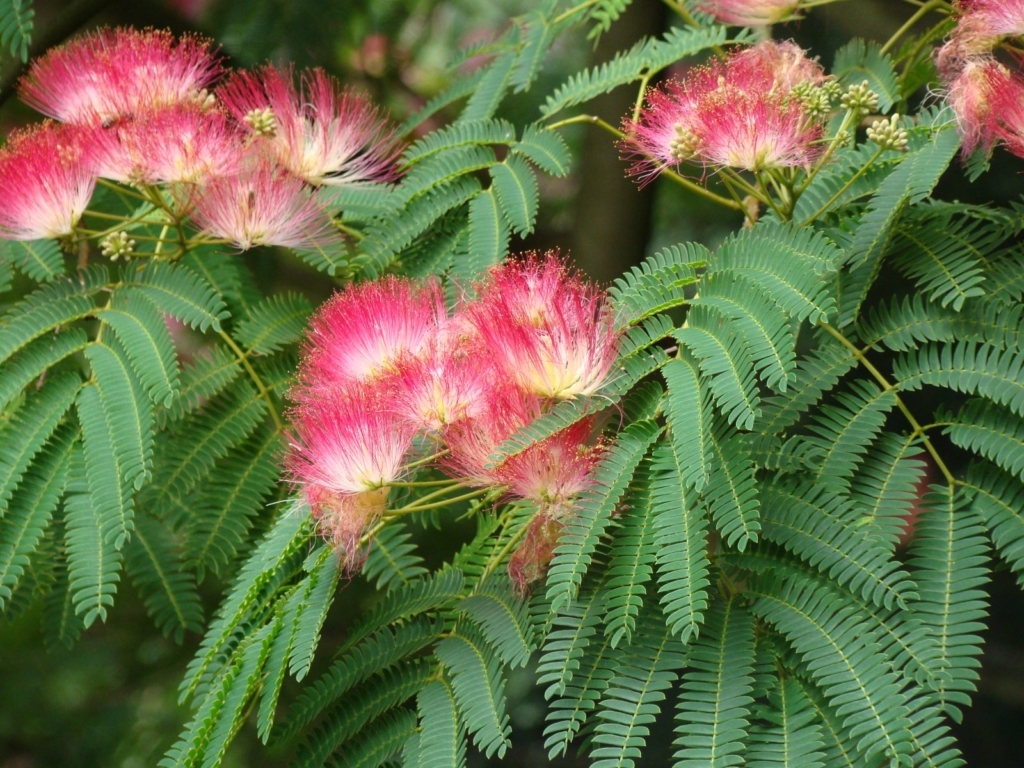
julibrissin ‘Rosea’ Pioneer Nursery
Albizia julibrissin, the Persian silk tree, pink silk tree, or mimosa tree, is a species of tree in the family Fabaceae, native to southwestern Asia and eastern Asia. [1] The genus is named after the Italian nobleman Filippo degli Albizzi, who introduced it to Europe in the mid-18th century. [2] It is sometimes incorrectly spelled Albizzia.
Discovering His Creation Mimosa Julibrissin)
Plant database entry for Mimosa Tree (Albizia julibrissin) with 76 images, 7 comments, and 41 data details. Learning Library. Learning Library Homepage; Plant Care Guides. Albizia julibrissin is found commonly throughout Georgia, where it reseeds easily, grows quickly and shades out native plants. It is a category 1 (most serious) invasive.

JULIBRISSIN CARACTERÍSTICAS, CUIDADOS, Y CULTIVO
Albizia julibrissin (known as Persian silk tree or mimosa) is native to Asia but was introduced to the United States in the 18th Century, where it's commonly grown. It has fragrant, bottlebrush pink-white flowers, and fern-like leaves.
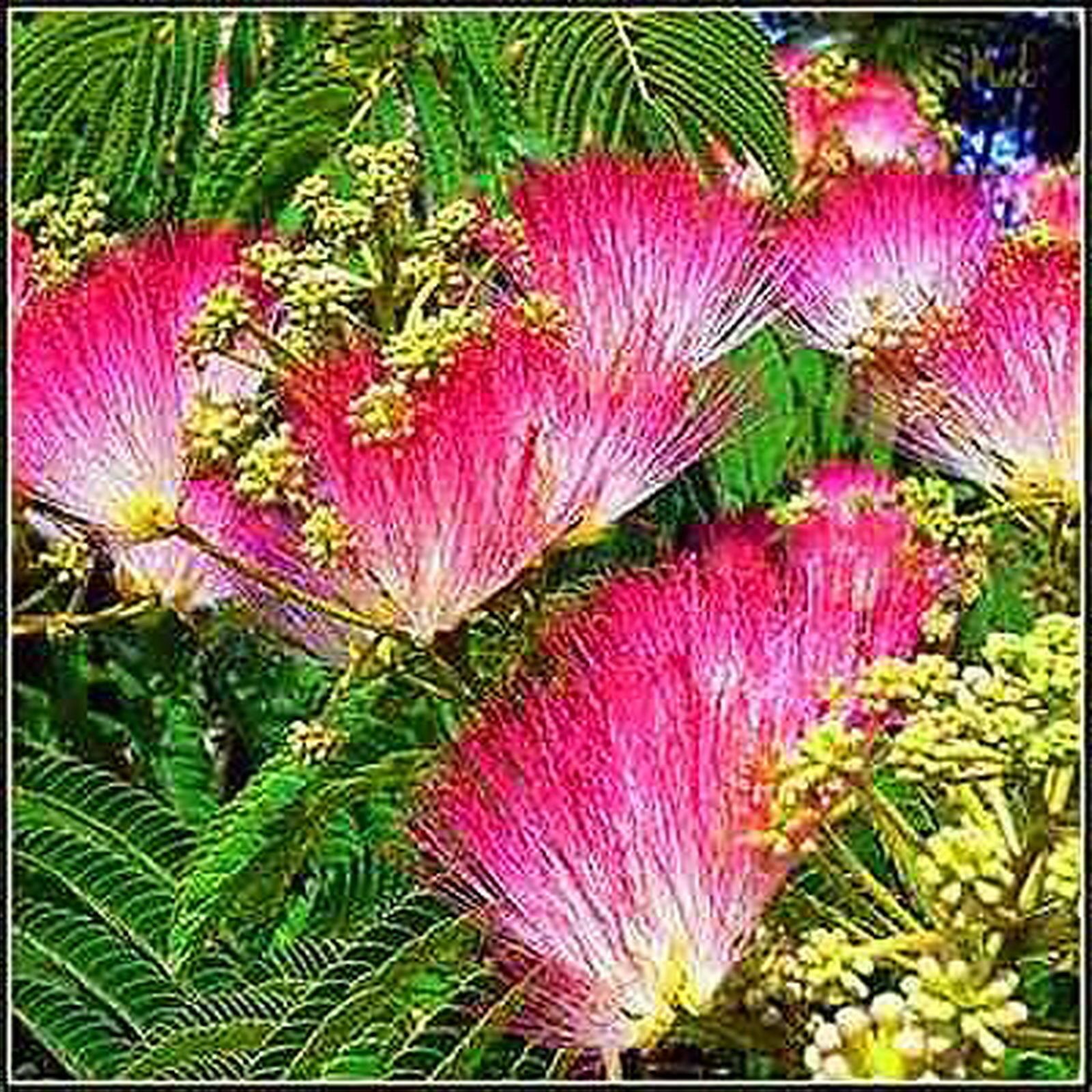
20 MIMOSA SILK TREE Julibrissin SEEDS For Sale Item 1508286
Mimosa Tree Albizia julibrissin 'Rosea' Pronunciation: al-BIZ-ee-uh ju-lee-BRI-sin RO-zee-uh SKU #00195 6-9 Your climate might be too cold for this plant: Change Location Find In Store OVERVIEW DETAILS STYLE CARE Care Grows easily in poor to moderately fertile, well-drained soils.
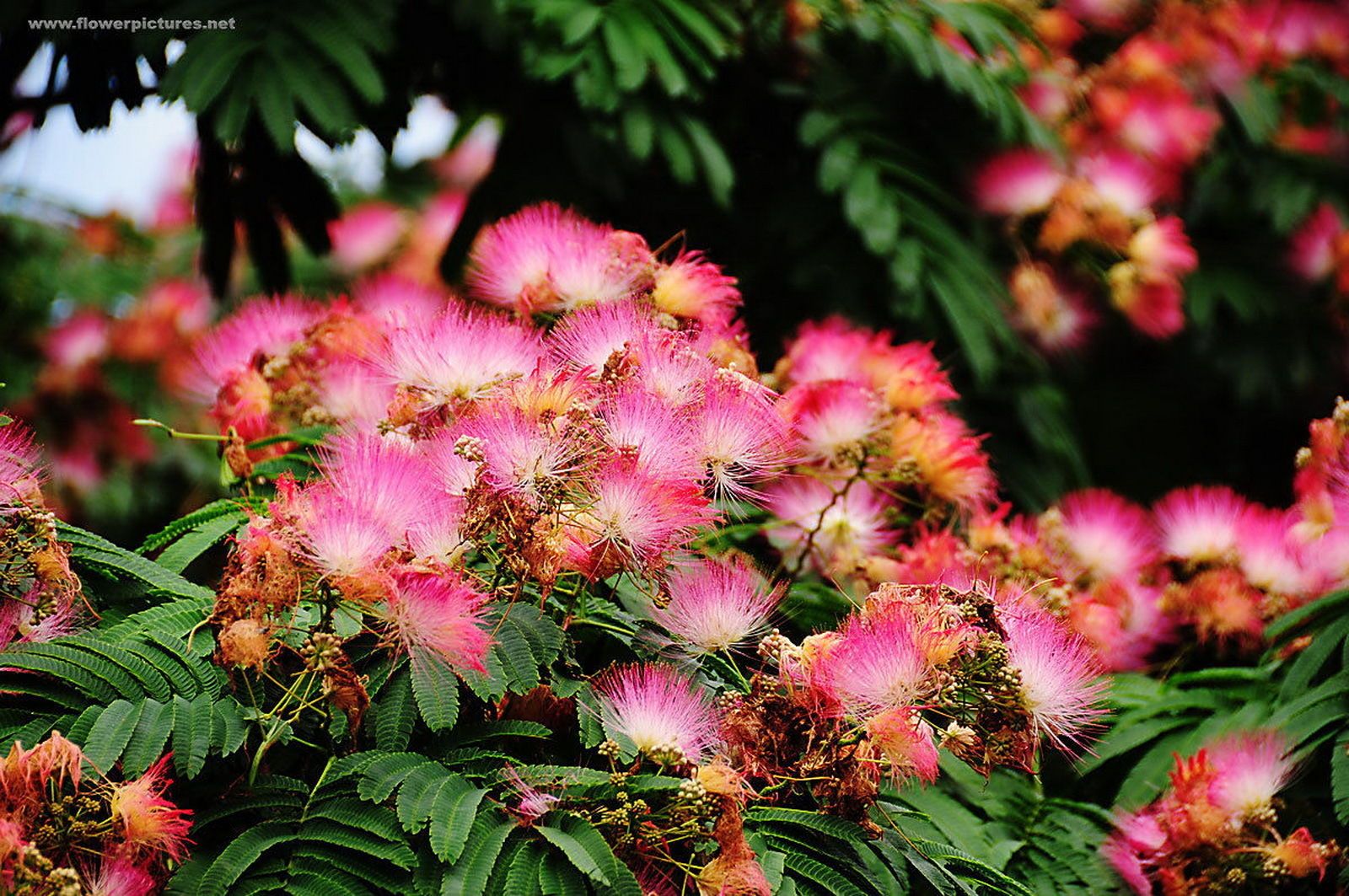
20 MIMOSA SILK TREE Julibrissin SEEDS For Sale Item 1508286
Albizia julibrissin is a deciduous Tree growing to 12 m (39ft) by 10 m (32ft) at a fast rate. See above for USDA hardiness. It is hardy to UK zone 7 and is not frost tender. It is in flower from July to August, and the seeds ripen from September to November. The species is hermaphrodite (has both male and female organs). It can fix Nitrogen.

Mimosa, Silk Tree julibrissin) My Garden Life
Invasive potential: According to the IFAS Assessment of Non-Native Plants in Florida's Natural Areas (IFAS Invasive Plant Working Group 2008), Albizia julibrissin is invasive and not recommended in Florida. Origin: not native to North America Uses: deck or patio; reclamation; specimen Availability: not native to North America Description
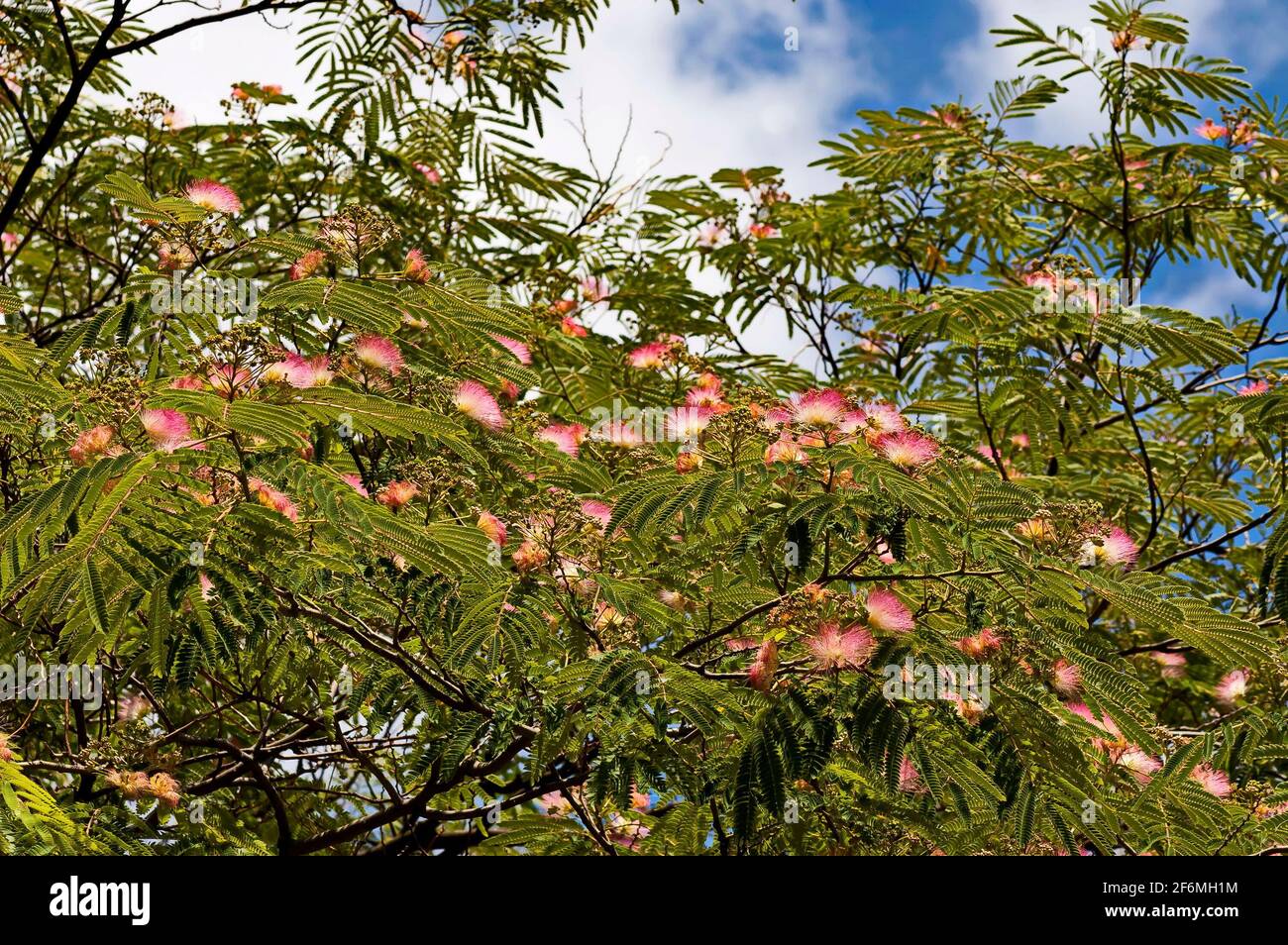
julibrissin Durazz or Persian, mimosa tree with beautiful flowers in Nisovo, Bulgaria
Mimosa tree (Albizia julibrissin) is also known by the names pink silk tree and Persian silk tree The mimosa tree is a deciduous, medium-sized tree in the genus Albizia and legume family Fabaceae. Mimosa trees have a vase-shaped growth with a spreading, broad crown.
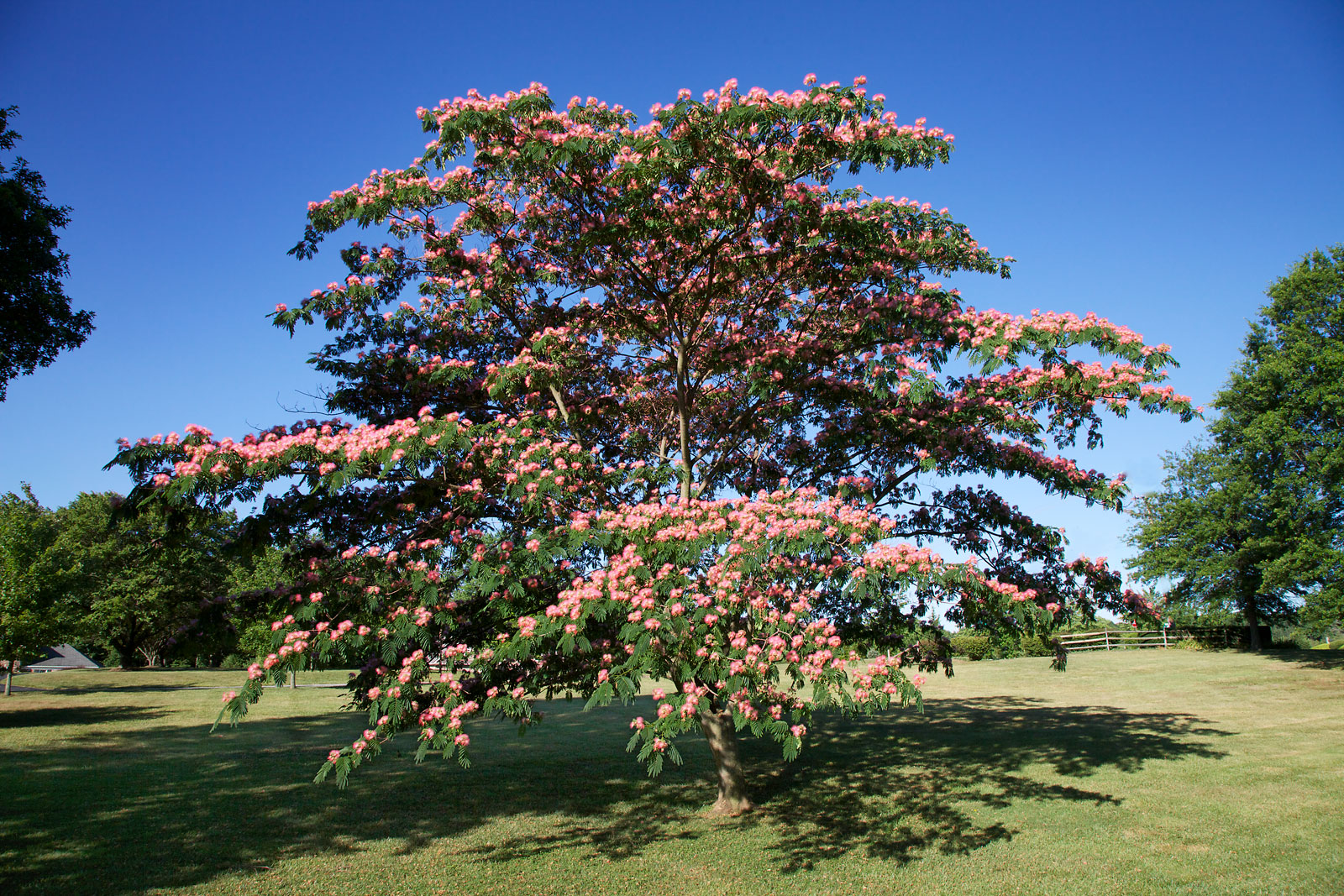
Ficha de la julibrissin o Acacia de Constantinopla Todo Árboles Todo Árboles
The mimosa tree has been grown as a garden ornamental in the United States since the 18th century and it has now naturalized itself in 25 states. Commonly known as the Persian silk tree, Albizia julibrissin is native to regions of Asia and forms part of the Fabaceae family. It grows best in hardiness zones of 6 to 9 here in the US. This tree is.
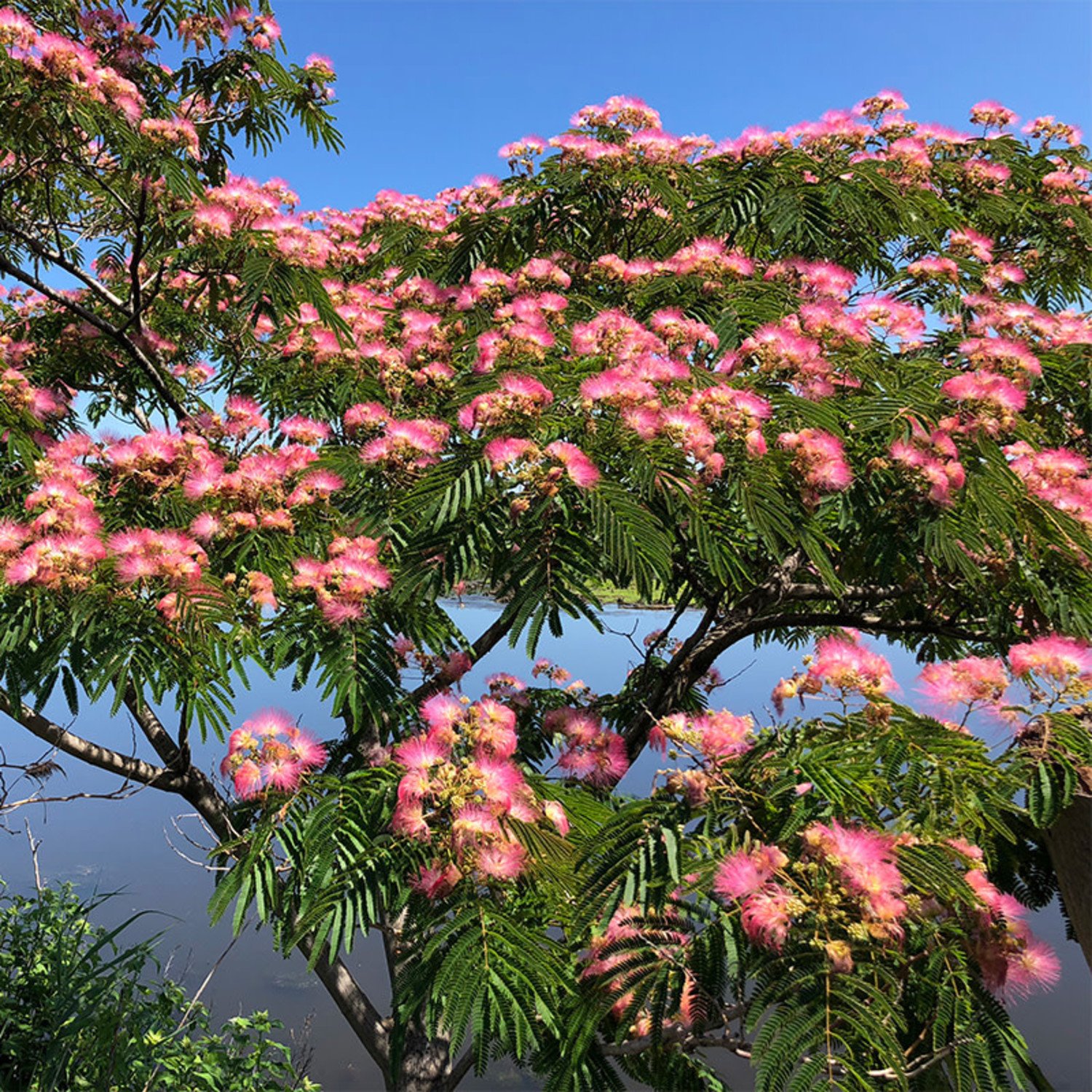
julibrissin (Silk Tree) Evergreen Nursery
Silk Tree or mimosa is a member of the Fabaceae (legume) family and is a native of Asia that was introduced in the United States in 1745. It was cultivated as an ornamental tree due to its fragrant and showy flowers. This tree is now invasive in North Carolina and other parts of the Southeastern United States.

Mimosa Pink Silk Tree Julibrissin Stock Image Image of beautiful, looking 158026239
Knowing how to start a mimosa tree from seed is vital for a healthy tree. Collect the seeds from a seed pod, prepare it in fall. Plant it before the last frost in spring. Toggle navigation. Plants & Trees;. Albizia julibrissin (Persian Silk) trees can be grown from seeds. All you have to do is collect the seeds during fall and sow them the.

julibrissin (Mimosa, Persian Silk Tree, Pink Silk Tree, Silk Tree) North Carolina
The Persian silk tree ( Albizia julibrissin), hails from the Middle East and Asia and features fern-like leaves and exotic-looking flowers. On each leaf, there are tiny leaflets that close when touched or as the sun sets. The stunning pink flowers that initially drew attention towards the silk tree inspire the origin of its common name.

The Ombrella™ Mimosa Tree Julibrissin ‘Boubri’) Care Guide BigBoyPlants
Mimosa tree (Albizia julibrissin) is an unmistakable beauty, with its frond leaves, otherworldly pink flowers, and long seed pods. Each element appears to dance weightlessly on the breeze. When Mimosa is in flower, its delicate scent, reminiscent of gardenia and fruit, fills the air.

julibrissin Silk tree, Mimosa tree Van den Berk Nurseries
Albizia: after Filippo degli Albizzi, a Florentine nobleman who introduced this genus to cultivation in Tuscany. julibrissin: derived from the Persian gul-ebruschin, meaning soft silken treads, a reference to the flowers. Oregon State Univ. campus: south side of Milam Hall, near east entrance; west of Strand Ag. Hall. Click image to enlarge.

julibrissin Mimosa Tree or Silk Tree jul… Flickr
Albizia julibrissin (Mimosa) No. 13 March 2010 Initial Introduction and Expansion in Range Albizia julibrissin is native to southern and eastern Asia. It is found from Iran, east to China and Korea. The introduction of this plant to the United States has been traced back to 1745.

Julibrissin Durazz or Persian, Mimosa Tree with Beautiful Flowers in Sredna Gora
Silk Tree, Mimosa, Bastard Tamarind, Nemu Tree, Acacia julibrissin. Fast-growing, Albizia julibrissin (Silk Tree) is a medium-sized, deciduous tree of vase-shaped habit with a broad, spreading canopy of fern-like, bipinnate, rich green leaves, 20 in. long (50 cm). Sensitive, the leaflets fold when touched and at night.

Mimosa Tree julibrissin Ombrella™)
Albizia julibrissin Mimosa tree Nonnative to Florida FISC Category 1 Invasive Species Overview Origin: Tropical Asia Originally from China, mimosa or silk tree was introduced to the United States in 1745 and cultivated since the 18th century primarily for use as an ornamental.